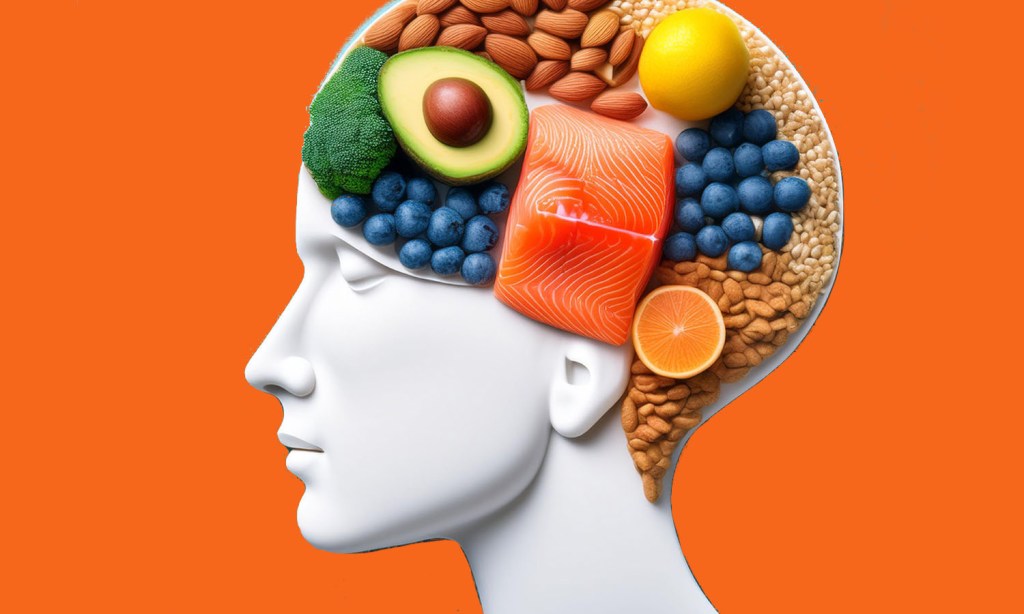
Learning what foods to eat liberally and what foods to consume in moderation is an essential habit for a long and healthy life. According to the Mayo Clinic, the foods we eat can either increase or decrease the risk of heart disease, a leading cause of illness and death among men. Heart disease is easier to prevent than cure, and heart health starts with a balanced diet.
Fruits and vegetables
Summer is a great time to eat fresh, healthy food. Fruits and vegetables are in season and are great sources of vitamins, phytonutrients, minerals, and fiber. The Mayo Clinic suggests keeping fruits and vegetables washed and ready to eat for a spontaneous snack. Place a bowl of fruit in a prominent spot in the kitchen or dining area so you’ll remember to eat a few pieces every day. Include fruit in salads and choose recipes in which fruit or vegetables are the main ingredients.
Grains
Carbohydrates or starches are an important part of any diet. According to the Harvard School of Public Health, starches provide glucose that the body converts to energy. Little wonder why long-distance runners load up on starchy foods before a big race. But carbs come in a variety of forms, some healthier than others. The healthiest forms of carbs are high in fiber and are found in unprocessed or minimally processed whole grains, vegetables, fruits, and beans. For example, whole wheat bread, brown rice, barley, or steel-cut oats are healthier sources of carbs than refined white flour products or baked goods like pastries, cakes, and pies that contain sugar or fats but little to no fiber.
Unhealthy fats
Saturated and trans fats are leading causes of high blood cholesterol and coronary artery disease. The American Heart Association recommends less than 6% of daily calories come from fats. For a 2,000-calorie diet, that’s just 11 to 13 grams of saturated fats (butter, fatty meats, sausage, and cheese). Eliminating saturated fats by focusing on whole fats such as nuts, seeds, olives, and avocados can decrease your risk of cardiovascular disease even further.
Trans fats are widely believed to be the worst kind of fats to consume. According to the Mayo Clinic, trans fats “are formed through an industrial process that adds hydrogen to vegetable oil.” This partially hydrogenated oil gives processed foods a longer shelf life, but it also increased the worst kind of cholesterol and reduces the best kind. To avoid trans fats, steer clear of commercial baked goods with a long shelf life, margarine, fried foods like French fries, and some nondairy creamers (check the label to identify those that are trans-fat free).
Salt
Too much salt can lead to high blood pressure. Limiting your salt intake is an important step in reducing the risk of heart disease. The American Heart Association recommends no more than 2,300 mg of salt (about a teaspoon) per day. Instead of cooking with salt, spring it over completed dishes when you’ll taste it more but cosume less. Seventy percent of the sodium we eat comes from restaurant meals and pre-packaged food such as soups, potato chips, condiments, and frozen foods. Eating fewer processed foods and more foods in their whole form by preparing your own meals grants you more control over how much salt you consume.
A heart-healthy diet is defined not only by what foods we eat, but in what portions. In general, eat more fruits and vegetables than carbs and proteins. A good rule of thumb is to fill half your plate with high-fiber, nutrient-rich fruits and vegetables. When evaluating nutrition and calories per serving, be sure to compare the serving sizes noted on package labels with the actual amount you eat. If you are eating meat, limit your portion to three ounces for men and two ounces for women per meal. Small changes to your eating habits are a great way to start protecting your most vital organ.


